|
We live a paradox: energy is so bounteous it can
usefully be called a constant (it cannot be created or destroyed) and it
continually transforms. In other words, the universe(s) constantly
transform – all is change. All alters. Change is a constant.

The climate symbol derives from the Greek
symbol klima with the meaning “surface of the earth, region”.
The symbol use altered about 1600 when it’s meaning was changed from
“region” to “weather associated with a region”. Climate
became associated with “the meteorological conditions, including
temperature, precipitation, and wind, that characteristically prevail in
a particular region”. Thus the symbol is associated with particular
forms of change – ones in which changes in meteorological conditions
occur in cyclic and similar ways over long periods. Certain weather
patterns remain consistent and prevail for centuries.
The climate change symbol is associated with
alteration or disruption of these relatively extended and stable weather patterns.
The disruption may be caused by significant changes in solar, volcanic,
meteor, tectonic or biomass forces. Human beings are potentially such a
force as we have the capacity to alter the chemical composition and
thermal balances of the surface of the planet so as to form a new
geological era (See Anthropocene)
It was this realisation that gave rise in 1983 to
the current popular use of the climate change symbol. For
instance, wiki states, ‘the United Nations Framework Convention on
Climate Change defines climate change as "a change of climate which
is attributed directly or indirectly to human activity that alters the
composition of the global atmosphere and which is in addition to natural
climate variability observed over comparable time periods. In
the latter sense climate change is synonymous with global warming.’
See the wikis on climate
change and global
warming
It is now common in Anglo-American cultures to
equate the climate change and the global warming symbols
and for both to be were equated with malevolence. We are exhorted to
fight/combat/stop/kill climate change.

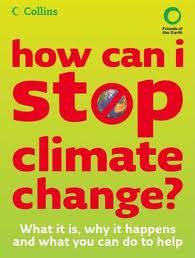

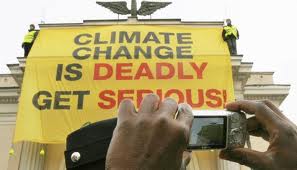

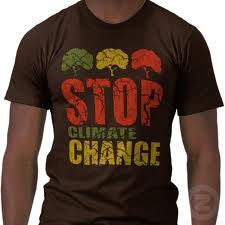 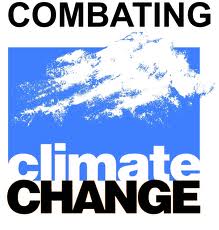 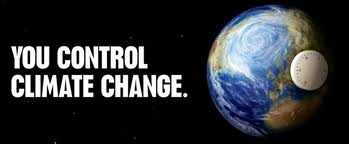 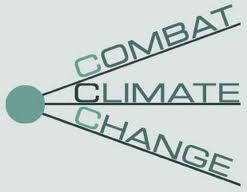

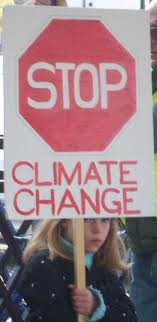
A sample of the thousands of
illustrations from a search on "fight/combat/stop climate
change"
This is evidence of
profound denial of stewardship/change. Having become aware of the
possibility that humans can alter the climate balances that sustain us
we then deny responsibility for our actions by vilifying the climate and
thermal processes that enable human life. The universal processes are
symbolised as the problem, the enemy. “Environmental activists” are
particularly vulnerable to this use of the climate change symbol,
perhaps because their actions are more in dissonance with their enhanced
awareness of the impacts of their activities on climate balances.
Summary
Conserve the potential of the climate change
symbol by acknowledging that changes in our climate can be caused by all
manner of events. Give each its own symbol. For instance, if talking
about significant changes in weather patterns caused by human activity,
then call it anthropogenic or human-induced climate change. Thus our
children can better embrace all manner of change and enjoy greater
harmony with Earth’s climate.
Etymology
of change, climate change, climate
Change: early 13c., from O.Fr. changier
"to change, alter," from L.L. cambiare
"to barter, exchange," from L. cambire
"to exchange, barter," of Celtic origin, from PIE base *kamb-
"to bend, crook" (with a sense evolution perhaps from "to
turn" to "to change," to "to barter"). Related:
Changed;
changing.
The noun is attested from c.1200, from O.Fr. change.
The financial sense of "balance returned when something is paid
for" is first recorded 1620s. Phrase change of heart is from
1828.
Climate Change: 1983, in the modern
"global warming" sense, from climate
+ change.
Climate: late 14c., Scottish,
from O.Fr. climat,
from L. clima
(gen. climatis)
"region, slope of the Earth," from Gk. klima
"region, zone," from base of klinein
"to slope," thus "slope of the Earth from equator to
pole," from PIE base *klei-
"to lean" (see lean (v.)). The angle of sun on the slope of
the Earth's surface defined the zones assigned by early geographers.
Meaning moved from "region" to "weather associated with a
region" by c.1600. Related: Climatography
Enjoy
the rewards of being a conservator of the potential of our greatest
symbols.
Page last updated:
Aug 2010
TOP
|